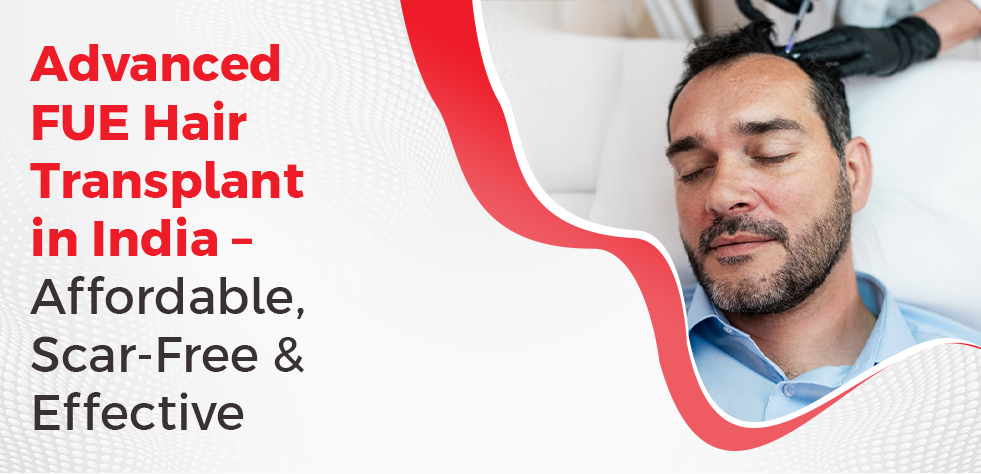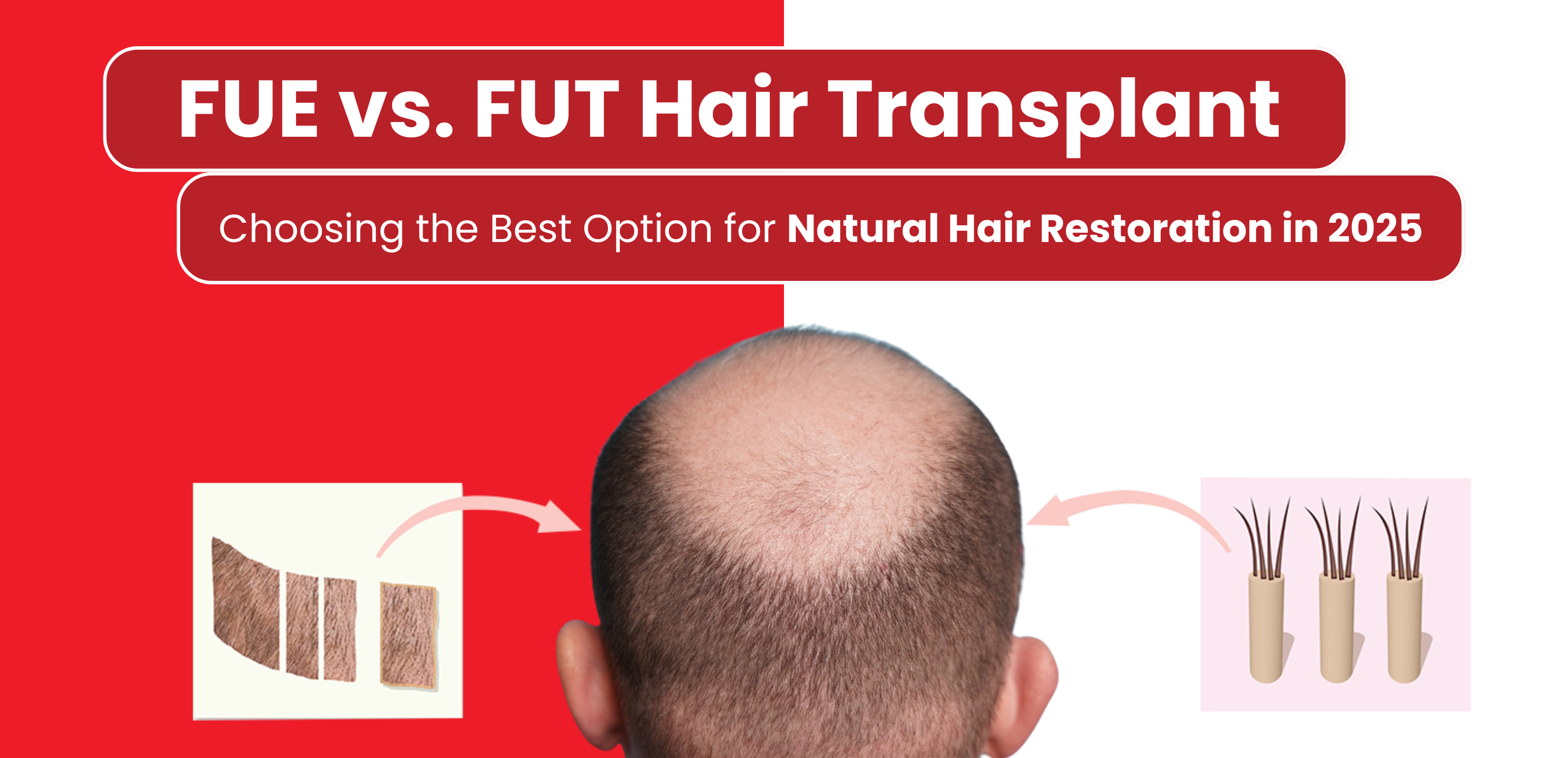Are you struggling with thinning hair, receding hairline, or bald spots? Have previous hair treatments left you unsatisfied or wary about invasive procedures? Fortunately, advanced Follicular Unit Extraction FUE Hair Transplant in India technology has transformed hair restoration, offering a minimally invasive, scar-free solution that delivers natural-looking results. At Dr. Paul’s Advanced Hair & Skin Solutions, we bring this revolutionary treatment to India, making world-class hair restoration both affordable and accessible.
Why Choose FUE Hair Transplantation?
The Follicular Unit Extraction (FUE) method is globally recognized as the most advanced, safe, and effective hair transplant technique. Unlike traditional methods, FUE individually extracts healthy hair follicles from donor areas and transplants them to areas affected by hair loss, ensuring results that look and feel entirely natural.
Here’s why FUE is the preferred choice worldwide:
✅ No Visible Scarring
Forget the long, linear scars associated with older hair transplant methods. With FUE, the individual extraction of follicles results in tiny punctures that heal rapidly, leaving no noticeable marks—just a natural-looking head of hair.
✅ Minimally Invasive Procedure
Thanks to precise, micro-surgical extraction techniques, FUE is gentle, minimally invasive, and significantly reduces discomfort during and after treatment. Most clients report minimal to no pain throughout the procedure.
✅ Quick Recovery
With no stitches and tiny extraction points, recovery is swift. Many patients return to their daily routines within a few days, experiencing minimal downtime and discomfort.
✅ Permanent & Natural-Looking Results
FUE transplantation carefully places each follicle, respecting your natural hair direction and density. This meticulous process ensures results are virtually indistinguishable from your natural hair—allowing you to confidently restore your look and self-esteem.
Dr. Paul’s: World-Class Hair Restoration, Now Within Your Reach
At Dr. Paul’s Advanced Hair & Skin Solutions, our mission is to make premium, globally recognized treatments available right here in India—without the high international price tags. Our experienced surgeons utilize the latest technology, adhering to globally accepted medical standards, ensuring every client receives the highest quality care.
Here’s how Dr. Paul’s makes advanced FUE hair transplantation accessible:
- Affordable Pricing: World-class treatment at a fraction of international costs.
- Expert Care: Certified surgeons with extensive experience in advanced FUE techniques.
- Transparent Packages: Clear, upfront pricing—no hidden costs, ever.
Exclusive Summer Pricing: Your Best Opportunity for Hair Restoration
For summer 2025, Dr. Paul’s brings you an unbeatable FUE hair transplant package at exceptional value:
🌞 Limited-Time Summer Offer:
- Regular Price: ₹90,000
- Summer Special: ₹49,999 (All-Inclusive)
- Savings: 44% off regular cost!
What’s included?
- Up to 1,500 grafts performed by expert surgeons
- Free pre-operative bloodwork and customized hairline design
- Comprehensive post-operative care, including medication and follow-up sessions
- Advanced Hair Growth Kit worth ₹7,500 absolutely FREE
- Exclusive 25-year written warranty, an industry-leading commitment to your results
Flexible Financing: Making Premium Hair Restoration Truly Affordable
At Dr. Paul’s, we understand cost should never prevent you from achieving your hair restoration dreams. Our patient-friendly financing solutions include:
- 0% EMI Plans: Enjoy your FUE transplant by paying just ₹5,553 per month over 9 months—interest-free.
- Zero Down Payment Options: Start your hair restoration journey immediately, without initial financial burdens.
Why Wait? Restore Your Hair and Confidence Today
Thousands of satisfied clients across India trust Dr. Paul’s Advanced Hair & Skin Solutions for transformative results. With advanced FUE technology and unbeatable affordability, there’s no better time to invest in yourself.
Don’t miss out—this exclusive offer is available only until 30th June 2025!
Book Your Free Hair Analysis & Consultation Now:
👉 www.drpaulsonline.com
📞 Call or WhatsApp: 92301 77777
Restore your hair. Rebuild your confidence. Experience the transformative power of affordable, scar-free hair transplantation today at Dr. Paul’s.



















